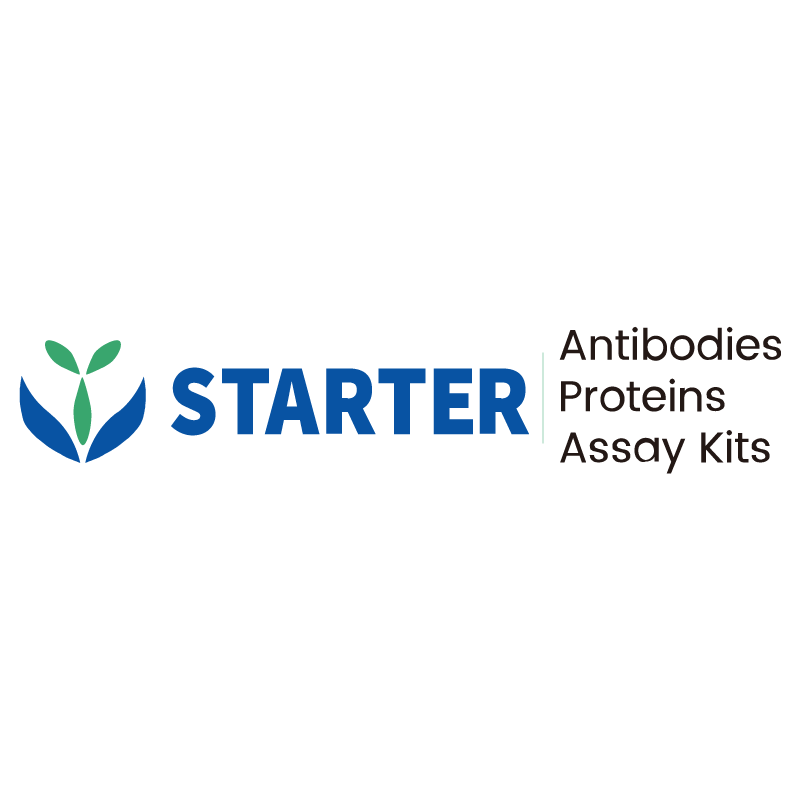Flow cytometric analysis of C57BL/6 mouse bone marrow labelling Mouse CD133 antibody at 1/2000 (0.1 μg) dilution/ (Right panel) compared with a Rat IgG2a, λ Isotype Control / (Left panel). Goat Anti-Rat IgG Alexa Fluor® 647 was used as the secondary antibody. Then cells were stained with CD11b - Brilliant Violet 421™ Antibody separately.
Product Details
Product Details
Product Specification
| Host | Rat |
| Antigen | CD133 |
| Synonyms | Prominin-1; Antigen AC133 homolog; Prominin-like protein 1; Prom; Proml1; Prom1 |
| Location | Endoplasmic reticulum, Apical cell membrane |
| Accession | O54990 |
| Clone Number | S-R696 |
| Antibody Type | Rat mAb |
| Isotype | IgG2a, λ |
| Application | FCM |
| Reactivity | Ms |
| Positive Sample | C57BL/6 mouse bone marrow |
| Purification | Protein G |
| Concentration | 2 mg/ml |
| Conjugation | Unconjugated |
| Physical Appearance | Liquid |
| Storage Buffer | PBS pH7.4 |
| Stability & Storage | 12 months from date of receipt / reconstitution, 2 to 8 °C as supplied. |
Dilution
| application | dilution | species |
| FCM | 1:2000 | Ms |
Background
CD133, also known as prominin-1, is a pentaspan transmembrane glycoprotein encoded by the PROM1 gene. It is widely recognized as a biomarker for the isolation and identification of stem cells and cancer stem cells (CSCs) in various tissues and cancers. This 97-kDa protein features five transmembrane domains, with its N-terminus extending into the extracellular space and the C-terminus residing intracellularly. CD133 is predominantly expressed in cellular protrusions and has been associated with tumorigenesis, metastasis, chemotherapy resistance, and poor prognosis in several cancers, including colorectal, liver, and breast cancer. Additionally, CD133+ cells have demonstrated angiogenic potential and may play a role in tumor vascularization. Recent studies also suggest that CD133 could serve as a predictive marker for anti-angiogenic therapies, such as bevacizumab treatment in metastatic colorectal cancer.
Picture
Picture
FC


